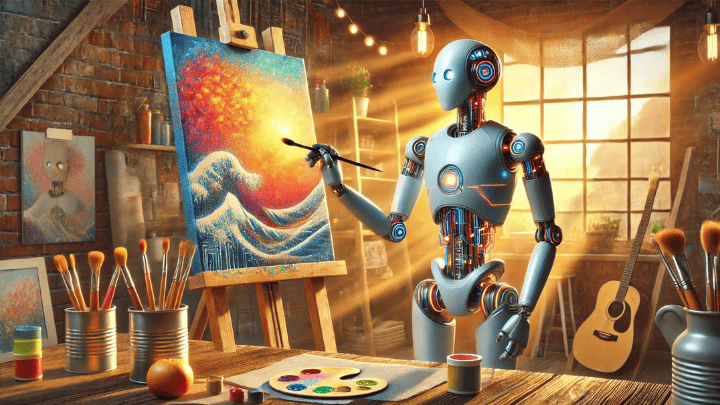Introduction
Artificial Intelligence (AI) has transitioned from a tool of automation to an engine of creativity. In 2025, AI is no longer just assisting artists, musicians, and writers—it is actively co-creating with them. The intersection of AI and creativity is giving rise to new forms of artistic expression, but it also raises ethical and philosophical questions about authorship and originality.
How AI is Changing Creativity
- AI-Generated Art: Platforms like DALL·E and Midjourney have evolved, allowing users to create hyper-realistic and surreal artworks in seconds. AI is now capable of developing personalized artistic styles based on user preferences.
- AI in Music Production: AI-generated music is no longer generic or robotic. Tools like AIVA and Soundraw can compose symphonies, lo-fi beats, or even custom film scores based on emotions and themes.
- AI-Powered Writing: Large language models are assisting journalists, scriptwriters, and novelists in overcoming writer’s block, generating plot ideas, and even mimicking the styles of famous authors.
Ethical and Legal Challenges
- Who owns AI-generated content?
- Should AI-created works be protected by copyright laws?
- Can AI replace human creativity, or will it always be a collaborative tool?
Conclusion
AI is redefining artistic boundaries, but it is still a tool that requires human direction and intent. The challenge ahead lies in ensuring AI enhances, rather than replaces, human creativity.

